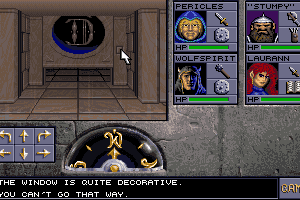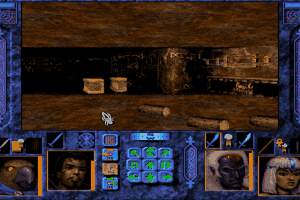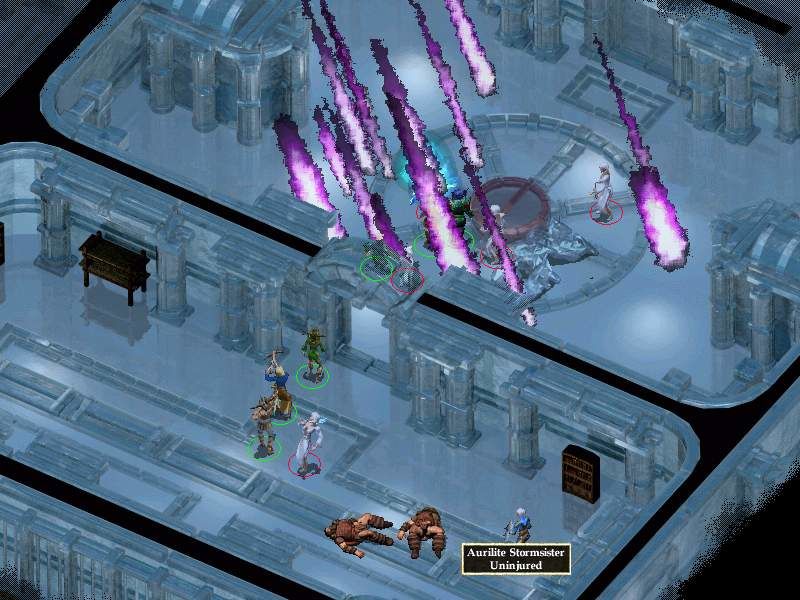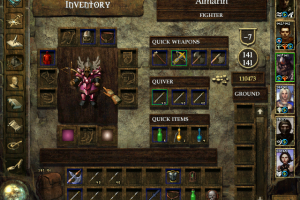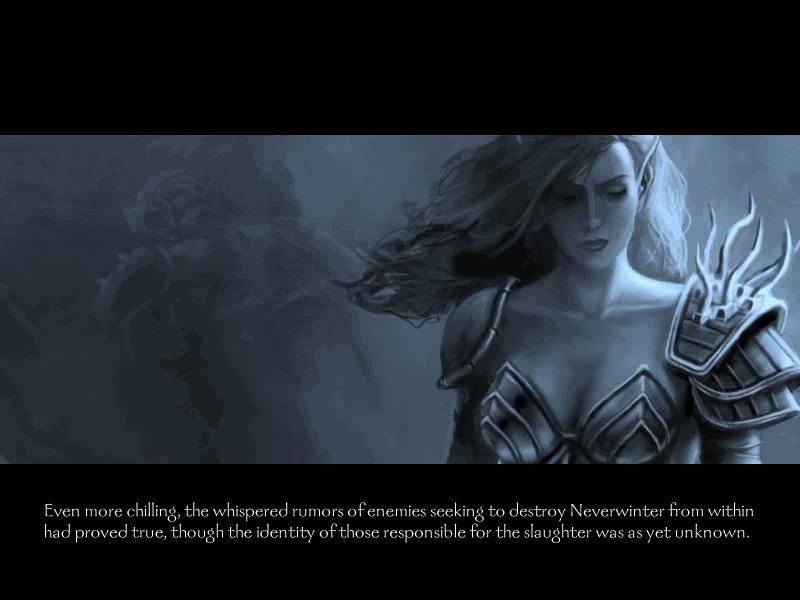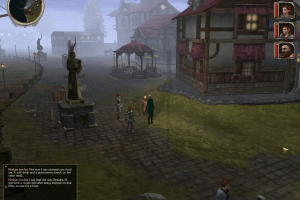Baldur's Gate
Windows - 1998
Also released on: Mac
Description of Baldur's Gate
Siana
A dark, slender figure enters. Shafts of daylight flow into the room until the door closes once more with a loud bang. The room is so crowded that making one's way is a delicate task. Commoners run about to and fro, maidens carry large trays with slopping liquid and the noise is almost unbearable. The floors creak, glasses clink together in toasts and patrons scream for ale. The stranger emerges from the crush by a table and sitting herself down glances at the door. The air about her seems to crackle with a form of electricity, she seems almost ethereal, although human.
Moments later, more adventurers arrive. The locals become nervous as the tension in the room rises. A half-crazed warrior speaks, with his sword swung over his back, to a small, furry creature (is it a hamster?) and makes his way to the strangers table. As they begin to converse in low tones, another woman makes her way across the room from the bar. Standing nearby, in a booming voice she speaks to the stranger, "Siana, isn't it? There is no doubt, you fit the description," and promptly draws her sword.
The Sword Coast
Welcome to the most addictive realm in the universe: The Sword Coast of Forgotten Realms. How many thousands of people out there have wasted many an hour with paper and pen, or in titles like Pools of Radience, ***Eye of the Beholder ***, or any number of campaigns or computer games involving The Forgotten Realms? O.K. don't scream yes all at once! :-). How long have we waited for something new? Something to come along and fill that craving ache that the Dungeon Master can no longer fill because they burned out 10 years ago after running games for 10 more? How long, I say, how LONG? Yes! I hear you, you are shouting across the globe, TOO LONG! How did we all hear that? Easily, by the number of copies grabbed up and off the shelves of the one game to promise it to you once again. Really the first game to sell like seriously tasty hot-cakes. Interplay couldn't burn them fast enough and those who had them were the envy of every group of gaming friends across the world. I still to this day play on a mud located in Finland, there was NOTHING but "BG" chat on the wizard channel. What day are you on? Where is that blasted magic ring? I just found Volo, damn that Captain. I just got to Cloakwood!!! Talk about community addiction, no one could stop playing. Even here at GDR almost every editor is playing Baldur's Gate and cannot stop. Is it worthy? Hell yes, how can the whole world be wrong!? But really, let's have a look.
Single Player Mode
My kingdom for Multiplayer! Single player mode in Baldur's Gate is fun, and tough. But it's not as good as multiplayer and there are a few reasons for this, which I will explain presently. Single-player mode allows you to play through the story with one character which you create at the beginning. Your character may then form a party by including NPCs found in the game or just go it alone. Yes, the game is even solvable with a single character, but so far (or as far as I know) only by one particular class. In general, players will instead group with mages, thieves, clerics or whoever else turns their fancy. Each NPC has their own personality, while one may be sniveling and insecure, the other might be half-crazed. A spectrum from good to evil in all the neutral, lawful and chaotic combinations ensures the traditional AD&D; variety.
Single-player mode does have its charms. Creating your character in the traditional way by choosing race, class (dual and multi-classes available), gender, abilities, alignment, proficiencies and spells to start with. You must also select your name and portrait, and your icon appearance and roll for your stats. If you've played any of the old Forgotten Realms CRPGs you will feel right at home with this. Most of the AD&D; 2nd Edition rules are adhered to, with slight changes documented to make the transition to computer game. Bioware have done an excellent job of this, and it may come as a shock to those less familiar with the rules, since progression is slower and more subtle than in other computer games which are loosely related, such as Daggerfall where progression was quite easy.
Once character generation is complete, you begin your story in the town of Candlekeep. "This citadel of learning stands on a volcanic crag, overlooking the sea." From the opening animation of a Vader like character beating and torturing a poor knight, you do know that something evil has begun a campaign of some sort along the Sword Coast. In Candlekeep, you learn that you are the ward of Gorion, that you know nothing about your past, and that your peaceful life in Candlekeep, where books are a ticket into the gates, is threatened by some mysterious danger. It is this danger which drives you and Gorion from Candlekeep and onto a journey which will take you across the wilderness and through the towns between Baldur's Gate in the north and Arm in the south.
Go for the eyes Boo!
The story then in Baldur's Gate takes precedent. That is, you eventually progress toward solving the mysteries behind the danger threatening you. There are however, numerous side quests to follow, items to search for and monsters to destroy. Each area is a large 2D map which you can either spend time clearing or move directly through to get to your next destination. A large overview map is used to select the area you want to go to, and time is added (such as 4 days) to the overall game when you move from one city to the next. Sometimes you may be waylaid by monsters or bandits, and this might occur at a map which you normally cannot select.
Communication with characters is the main source of information and story progression. You often can choose a way to role-play through talking to NPCs and it may even affect your reputation. Reputation is related to alignment (if you are evil and doing nice deeds and improve your reputation you may loose your evil party members who think that's a toss). When playing single-player mode, it can be difficult in beginning to sort out a party. You are presented with NPCs of various alignments and skills and must compile a group that will live (literally. Ed) with each other. Since there are not so many in the beginning it can be tough going, especially if you are a mage (generally weak and cannot wear armor) and really need those extra members to survive. If the NPCs do not get along, eventually they will leave or attack you. Even still, I managed to keep good, neutral and evil aligned characters together by playing a lawful evil character and travelling both by day some of the time and by night the rest. They bitched and moaned and were nasty to each other, but with a medium reputation (of 10) it seemed to work.
This is one of the drawbacks of single-player mode however, you really are stuck with whoever you find, rather than creating your own party. In some sense though, this was humorous because they behaved in ways which were totally unexpected and added to the sense of being on a journey. At the same time, it meant that they were not my ideal type of group.
Although it wasn't my group, the role-playing aspect in single-player mode was much more rich. For one game (I have two running), I have the Ranger Chaotic Good leader grouped with Imoen, Neutral Good Thief NPC (childhood friend to my character). They were joined in the woods by a Chaotic Evil Necro and a Neutral Evil Thief. They stayed grouped from the woods to The Friendly Arm. Then, after grouping with the two friends of Gorion in the Arm, we went upstairs and I let the evil thief try to steal first from a chest, he was unsuccessful with lock picking, then attempt a pick-pocket from a noble. Well, the noble caught him and a fight ensued...the characters started shooting arrows at all the nobles. After firing arrows and killing the nobles the characters all started talking. The good chars said, "I dont think I like how this group is being run!" The evil necro said," Oh, for the first time this group is becoming palatable!" :-). Anyway, more than half were pissed off and wanted to break group. Worse yet, since Rangers are meant to be doers of good deeds, immediately the reputation changed and my character lost her Ranger status. So, role-playing with NPCs really works.
Bring me some ale!
As you travel, you enter taverns, private houses, farms, woods and meadows. These rooms and outdoor areas are beautifully rendered and are the most unusual to date, absolutely fascinating. Looking sketched or painted, these maps have shadows which change over time, and eventually become dark as day turns to night. Rain or light snow falls and crystal clear rivers are filled with small stones and approachable islands. Your characters move with distinct behaviours and certain terrains, such as mountains and cliffs, are impassable. Actually this provided some problems with path-finding, which has recently been addressed in a beta patch. Both interior and outdoor scenes are augmented by excellent sounds of people moving, shouting, doors opening and closing or birds and animals moving about. The wind rustles, a monster cries, it's all in a days work on the road.
101 Kobolds
Combat in Baldur's Gate is different from its predecessors, as it is in real-time. The combat method is based on AD&D; rules adjusted to real-time, so instead of a 60 second initiative period, each character is given 6 seconds. The speed with which a character attacks is a number between 1/10 and 10/10ths time per round and the initiative is decided by a combination of rolled factors: ability, situation, and chance. Whether a character has a successful attack still depends on their THAC0 (To Hit Armour Class 0) and their attack roll. Critical hits and misses are decided by the attack roll, 20 or 1, respectively. Strength, dexterity, modifiers and weapons all affect attacks. Casting is treated in a similar way, although spells must be previously memorized (rather than being based on the mana of the caster) and can be disrupted in combat if the caster is hit.
This real-time aspect to AD&D; combat takes some getting used to, actually most everyone I know uses either the selection of different types of auto-pause (such as pause after every round for each character) or the space-bar to pause combat. I initially started out with autopause and then switched to space-bar. The reason is that combat is too difficult to control real-time. Firstly, although you control each of the NPCs as well as your character, to play without pause requires using the A.I. scripts provided or making your own. A.I. has 3 different settings for each class, for instance you can play your mage defensive or aggressive. The problem I had with scripts was that they did not control the characters well enough. I often found my mad necromancer in the middle of combat, after he had fired off all of his spells using his piercing weapon. Meanwhile, the warriors ran off, chasing their fleeing opponents, only to run into a nest of new monsters. This led to the group breaking up, and often added too many enemies to the battle at once.
Therefore in single-player mode, I resorted to pause and handled all of the combat on my own. Grouping archers and mages to the back, warriors and thieves at the front. Handling each fired spell, and every attack. Archery was a wonderful tool, and one of my main combat methods. But another problem I had was that archers, when in heavy combat against a large number of monsters, would use up the 3x20 arrows in quivers and then require changes. In single-player going to the inventory window of the interface immediately causes the real-time combat to begin again (a choice Bioware made in order to simulate a change of weapon in combat) and thus things were running in the background behind the inventory screen (which I could not see) while I clumsily made the change to add arrows. Some of the reason for this is that monsters will "re-pop" in an area (pop up again) after you have killed the first batch. This means that you can continue fighting all day, not that realistic and one of the niggles.
On the other hand, Bioware have provided some excellent options settings to ease the difficulty of real-time combat. Almost every spell and action can be mapped to keys using a convenient set of configuration windows so customizing your combat is not uncomfortable.
Finally, this group is becoming palatable
Despite the niggles mentioned above, single-player mode is a more challenging way to play*** Baldur's Gate***. By sticking it out through the first stages, I learned the interface and created my own ways to deal with situations and my NPCs. As the story progressed, and the more involved I became, then the more trouble I had giving up characters that I had gotten used to for new members that came along. It's actually better to make some tough choices early since the characters which join your party gain experience, and therefore levels, along with your main character, building up their powers over time to help with the more troublesome events that come much later in the game.
Aleya
Journal Entry: Day 77, Hour 12 (17 Flamerule, 1368)
It was about noon when my companions and I set up camp in the Cloakwood Forest, giving me my first opportunity to update my journal since leaving Beregost. Strange monsters and human bandits beset the road to this beautiful place and my companions and I are weary from the seemingly endless battles. It is a rare pleasure to be able to stop and enjoy the beauty of nature.
I have to admit that I would have never dreamed myself living this type of life. How could I have predicted it when I was growing up amongst the serenity of the books at Candlekeep? Now my old friends and I are being hunted for reasons I'm not sure of, my foster father slain by a mysterious armored figure. Gorion believed too fervently in the need for the powers of good to prevail, but he was a caring and generous man. Why he or I would have enemies this powerful is a mystery to me. Well, at least I have the comfort of my friends who I have grown up with and trust completely. It would have been much harder had I needed to rely on the strangers I have met in my journeys.
Something out there is tipping the balance of power to the side of evil. I understand the need for evil in this world, but this lack of balance is forcing me to have to tip the scales back through good deeds and heroic actions. To be honest, though, I would much rather stay here with my fellow druids in Cloakwood. It would be wonderful to disappear into these woods and not return to the mess that is human civilization, but I feel something stronger calling me. These strange dreams I have been having would indicate that there is something lurking just over the horizon that I haven't grasped yet. Perhaps I will learn more when I find that mine and talk to whoever is in charge there. Perhaps.
Multiplayer
This game was so big it took two of us to review it - Karen focused on playing the game through in single player mode, and I played the multiplayer mode with my husband over my home LAN. Interestingly enough, Karen and I had two different experiences playing the game although we both shared the same addiction to it. Let's face it, this game is nothing short of incredible. I generally don't play games like these through again, but as I write this, I'm on my fourth full game of Baldur's Gate and still enjoying it as much as I did the first time through.
While some of the issues Karen had with the single player mode were resolved by multiplayer gameplay, I didn't see some of the interesting NPC features she would have been able to see. Creating six custom characters definitely has its merits, such as being able to create the exact type of characters you want rather than hoping the game will supply them for you. However, doing so prevents the player from seeing the interactions that take place between the NPCs in your party and other characters in the game world. Each NPC has his/her own unique personality and history that affects the way some quests are solved and can even influence the flow of the storyline.
Custom characters do not have much of a personality, nor do they have any sort of history aside from "you were a friend of the main character at Candlekeep". These custom created characters are not as likely to break and attack the party for acting outside of their alignment as NPCs are. My husband controlled both a neutral evil Thief and a lawful good Paladin; he enjoyed sneaking away from the rest of the party to take his characters on house raids in the major towns while I wasn't paying attention. Granted, he left the Paladin in the living room while the Thief roamed the house and stole things - but I still would think that a character with a lawful good alignment would have a problem breaking into houses. Nor would a Paladin really be able to tolerate being grouped with an evil character in the first place. These differences aside, the story line and subquest structure of both single player and multiplayer is exactly the same.
Multiplayer mode allows far greater control over the characters, which is why many players chose to play the game in this mode instead of single player. Each player in the game session controls a certain number of characters, and to make up for the fact that there can be up to six people playing the game at once, the game does allow you to enter the Inventory screen while paused. This complete control over the characters meant that I never had to worry about auto-pausing the game in battles as Karen did to ensure my characters were doing the right things. I never ran out of arrows, potions, or anything else. However, I did notice that the character scripts still had an effect if you chose to set them; when I set my fighter to aggressive I had a much harder time controlling him, as he tended to run and attack anything the instant it turned into an enemy. Unfortunately, this meant that if I accidentally made townspeople angry he would generally kill them before I had even realized what happened - but this was easily fixed by turning off the scripts.
Lots of Options
Baldur's Gate offers an amazing amount of control over how the game is played in a game session. It is very easy to set up a multiplayer game, and just as easy to join one in progress over the Internet or LAN. Each game can be protected using a password to keep unwanted players from joining. The player on the server machine (or the "leader") has the power to decide - on a per player basis at any point during the game - whether or not the other players have the ability to modify characters, spend gold, initiate dialog, view other character records, leave an area, pause the game, or modify permissions.
The leader has the power to kick other players from the multiplayer session instantly or decide, using the Character Arbitration screen, which player controls which character(s). Because of the fluidity of multiplayer game play, characters can be added, deleted, or reassigned during game play on the fly. At any point during the game, the leader can completely change the dynamics of the party, deleting all the old characters and creating completely new ones if he so desires - although any party manipulations mid-game like this drop the party reputation back to 10 or 11. The leader also dictates how player import works. One can choose to import a character into a game with all experience and items, with experience only, or at with no items or experience.
The fact that characters can be imported and exported with full items at any point in the game helps protect players against player killing - the leader can either revert back to a saved game or you can just import your character back in. An added bonus to this import/export option is that it also allows for some interesting cloning experiments in terms of both player characters and items. Just as a test of the import process (it isn't considered "cheating" when done as an experiment, right?) I managed to clone in five copies of my fighter for an extremely tough battle. I dismissed the other five people from the party temporarily, then had them rejoin after I sent the five "clones" into battle to be killed. By cloning the fighter, I not only duplicated him but also any items the he was holding when I exported him. I could pick these items up from the bodies of the dead "clones" and redistribute them within my party, allowing my characters to be equipped with multiple copies of very rare magical items.
The game is designed to run in asynchronous mode, which means that not all computers will show the exact same events on the screen. While this is good in terms of latency issues, it is a little disconcerting during the gameplay. It seemed that whatever appeared on my machine (the server) was "reality" and whatever appeared on my husband's computer was not. There were many times either my characters or his got killed because of this; to him it looked like the monsters were across the screen, or not there at all, when in reality they were right in the middle of the party. We even had a couple instances where his characters appeared in impossible places, such as trapped behind walls, when the computers would readjust what was on both our screens.
What's that Icon Mean?
The interface is one that takes a lot of time to get used to and has a high initial learning curve. There are several icons surrounding the main game screen, and as is sometimes the problem with icons, they aren't always intuitive. For instance, a mask appears for the thief's "unlock/disarm trap/pickpocket" button, which doesn't make me think of any of those. Because of these icons, I had to keep the manual handy to keep track of all the different icons and options throughout the game.
In general, the icons along the side are the game management icons, allowing the player access to the character screens, inventories, map, journal, and game options. The character portraits are along the opposite side. These can be moved around at will, including putting new characters into the "main character" slot. Players can chat amongst themselves using the dialog box, which can be expanded to be bigger or smaller, depending on the amount of conversation occurring. Game text, battle statistics, and conversation with NPCs also appears in this box.
The icons at the bottom for quick items, weapons, and abilities can be confusing at first, as the icons that appear differ depending on the character type. For instance, the screenshot above is taken with my druid character highlighted, so her bar contains spells, items, and two weapons. The thief's bar would contain different icons to represent his ability to hide in shadows, find traps, and disarm/unlock. The fighter's icons are different, as are the mage's, and so on.
For the most part, the game does an excellent job of providing alternate ways to know icons aside from digging out the manual or quick reference guide. Either a mouse click or leaving the mouse over an icon brings up descriptive text about the icon, spell, ability, or item. One other thing Baldur's Gate does very well is map areas and document major and minor quest information in the journal. I did not have to keep manual notes at all, which is a first.
The Game Bible ... er, Manual
A game this large and with so much to learn in order to play it needs a manual that is equally as large, and the one that ships with the game is the size of a short novel - 159 pages of very important information. I must have read through it about three times! I have some experience with playing AD&D; games, so I had a basic knowledge of the character classes, alignments, and spells. This manual, however, greatly enhanced my knowledge of how things worked in the AD&D; world, and contained any piece of relevant information that might be needed to play the game. I always had it on hand when I played the game, and I found myself referring to it quite often. However, I wish it had contained more in-depth information about the pros and cons of the different races and classes. I found myself having to ask friends who used to Dungeon Master in the AD&D; pen and paper days for clarification instead.
However, with as much helpful information this manual contained, I don't think it was laid out in such a manner as to be helpful to new players. The information about character races, alignments, and classes was contained in the middle of the manual under a section about AD&D; Rules. Normally character creation information is at the front. The description about how the statistics for each attribute (such as intelligence, etc) actually affect the character is at the very back of the manual under a totally different section. The manual does have both an index at the back and a table of contents, but these still did not seem to cut down on the amount of time I, and others I know, had to search through the manual for information. I still managed to go almost 75% of the way through the game without knowing how to disarm traps or that I could set spells up in the quick use slots because I somehow overlooked that information in the manual.
Also, not many people even like to have to read a manual, not to mention one this long. Anyone who does not read the manual is at a disadvantage unless they know something about AD&D; rules. The quick reference guide is wonderful for mapping icons to meanings, but does not get into character limitations or detailed spell information. Even if one knows the rules and just uses the quick reference guide, there is a good chance that you will miss a key game option or feature.
The Battle Ends - For Now
Journal Entry: Day 130, Hour 10 (9 Eleint, 1368)
My quest has ended, although I am too weary from battle to recount all the details. Suffice to say my quest was difficult and lengthy, but one the gods surely enjoyed. The ending of my saga seemed somehow anticlimactic given all that I had been through, but I can definitely live with that! I have to say that I thoroughly enjoyed my adventures, and for some reason, I feel as if this journey was only the beginning of more to come. I will welcome the challenge, and am looking forward to where the fates may take me.
Review By GamesDomain
External links
Captures and Snapshots
Comments and reviews
liquidgnome 2022-09-22 3 points
This game has not been re-abandoned. The GOG listing includes the original version as well. Here is GOG Forum user Vadim_Usovych 's guide...
"...click in the "SERIAL KEYS" option. That will show the name of the game and a web site address (url) to a redeem code;
5. Copy and paste this url and visit its page, or just open it. There you will be able to validate the url's reddem code and receive the original version of the game in your GOG's library. ..."
Dale 2020-12-06 7 points
This game has been abandoned again. GOG has removed the original version from sale and replaced it with the inferior "enhanced" edition. Unfortunately this is of zero use to me, as I'm trying to download the original to play on a vintage Win98 PC. :(
Write a comment
Share your gamer memories, give useful links or comment anything you'd like. This game is no longer abandonware, we won't put it back online.
Buy Baldur's Gate
Baldur's Gate is available for a small price on the following website, and is no longer abandonware. GOG.com provides the best release and does not include DRM, please buy from them! You can read our online store guide .
Game Extras and Resources
Some of these file may not be included in the game stores. For Baldur's Gate, we have the following files:
Other Releases
Baldur's Gate was also released on the following systems:
Mac
- Year: 2000
- Publisher: Graphsim Entertainment Inc.
- Developer: BioWare Corporation
Similar games
Fellow retro gamers also downloaded these games:
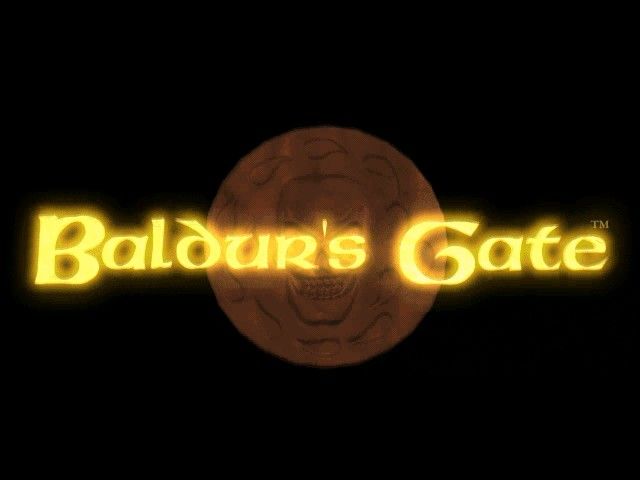
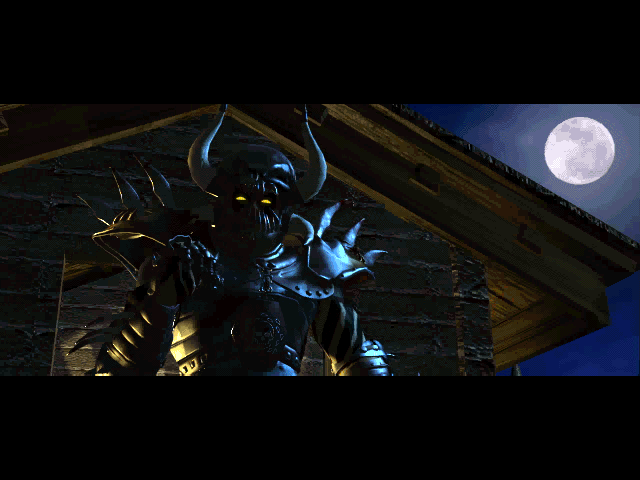
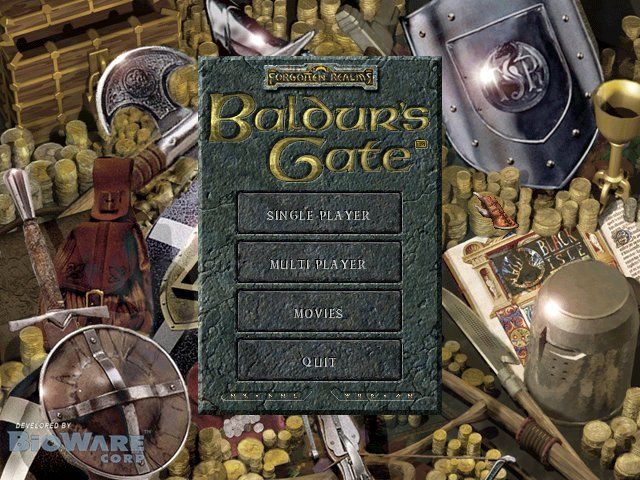

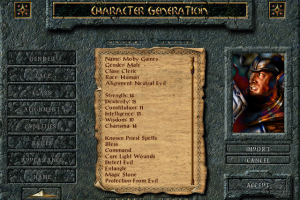
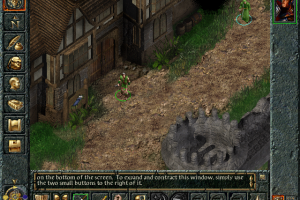
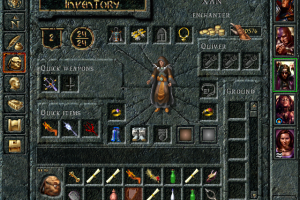
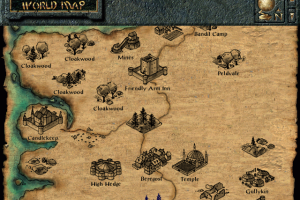
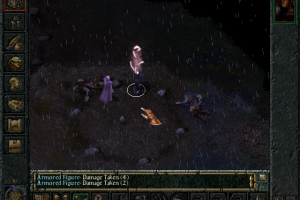
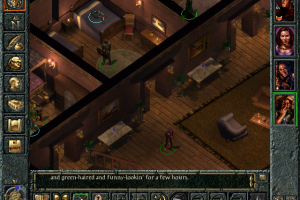
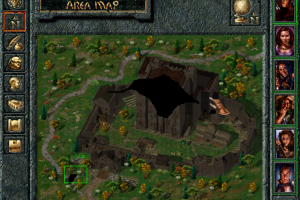
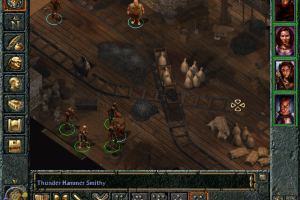
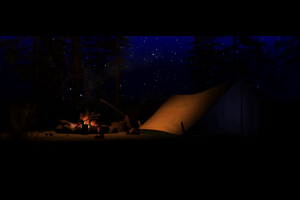
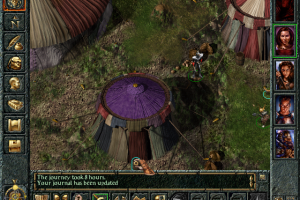
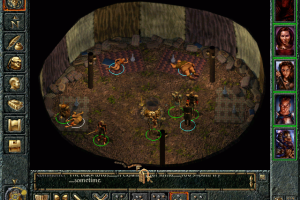
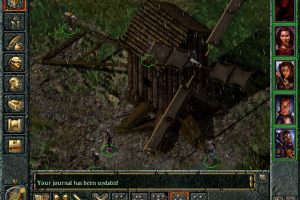
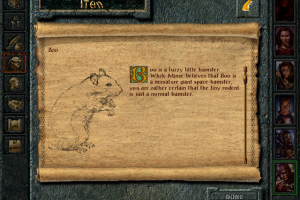
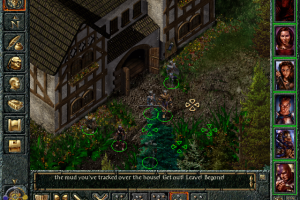
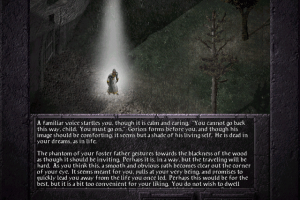
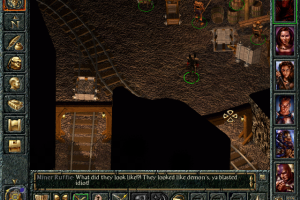
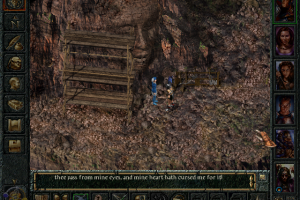
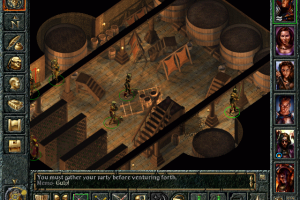
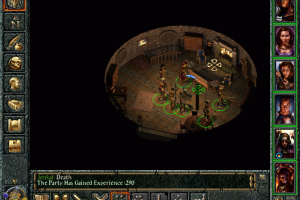
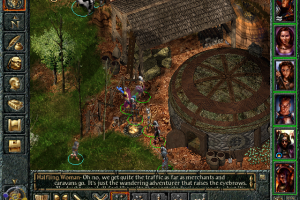
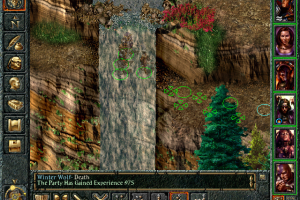
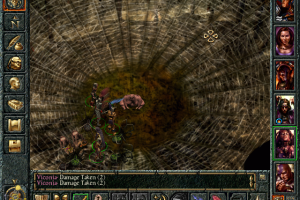
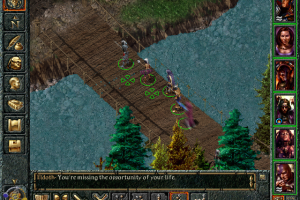
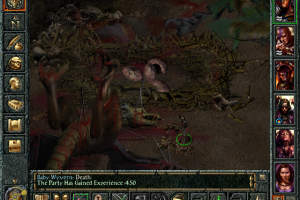
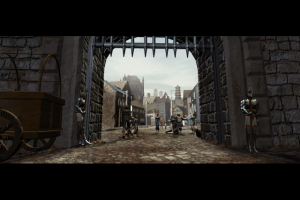
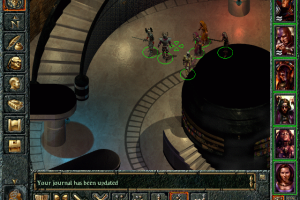
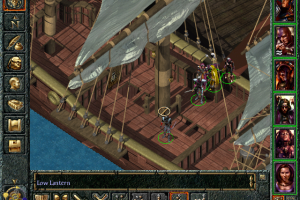
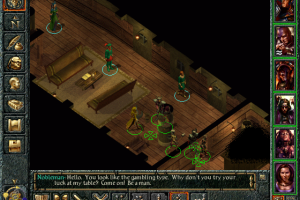
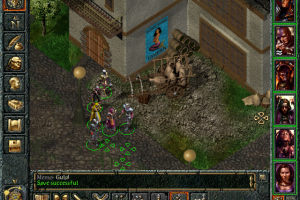
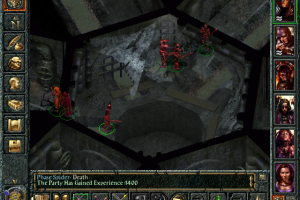
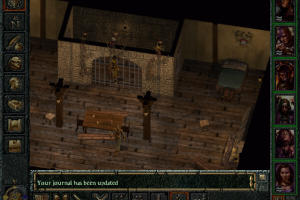
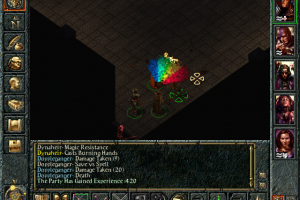
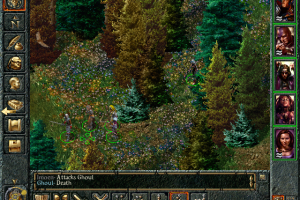
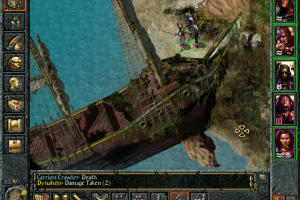
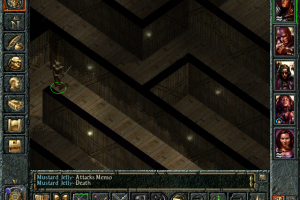
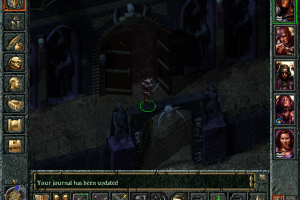
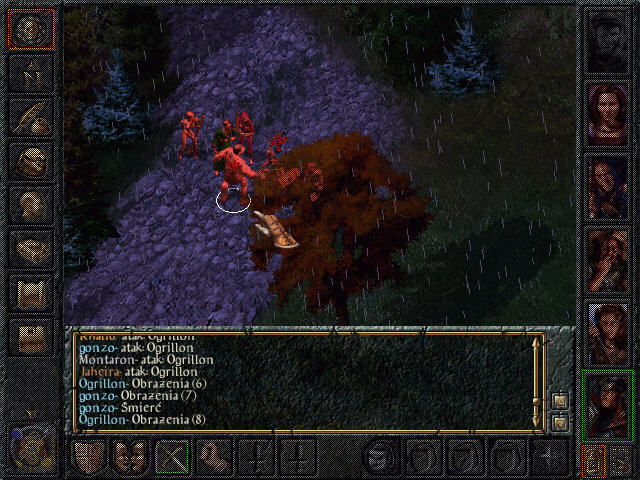
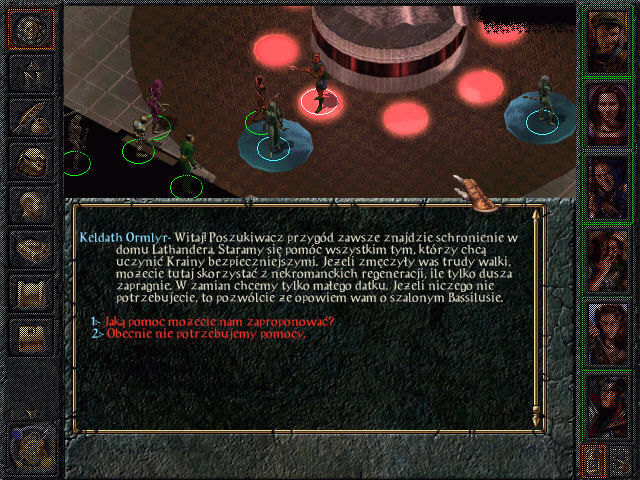
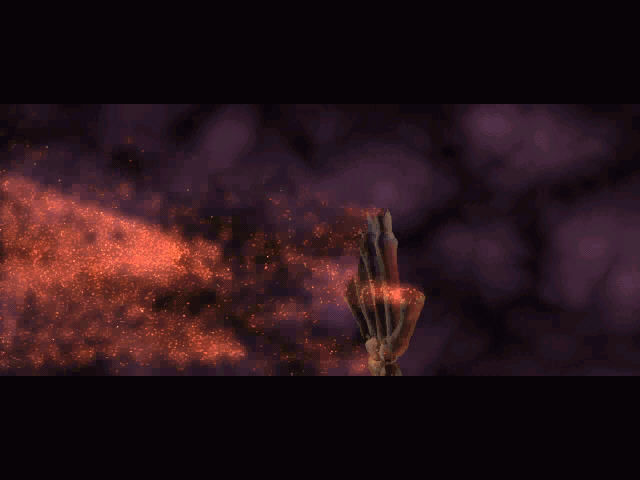

 7 MB (Windows)
7 MB (Windows)